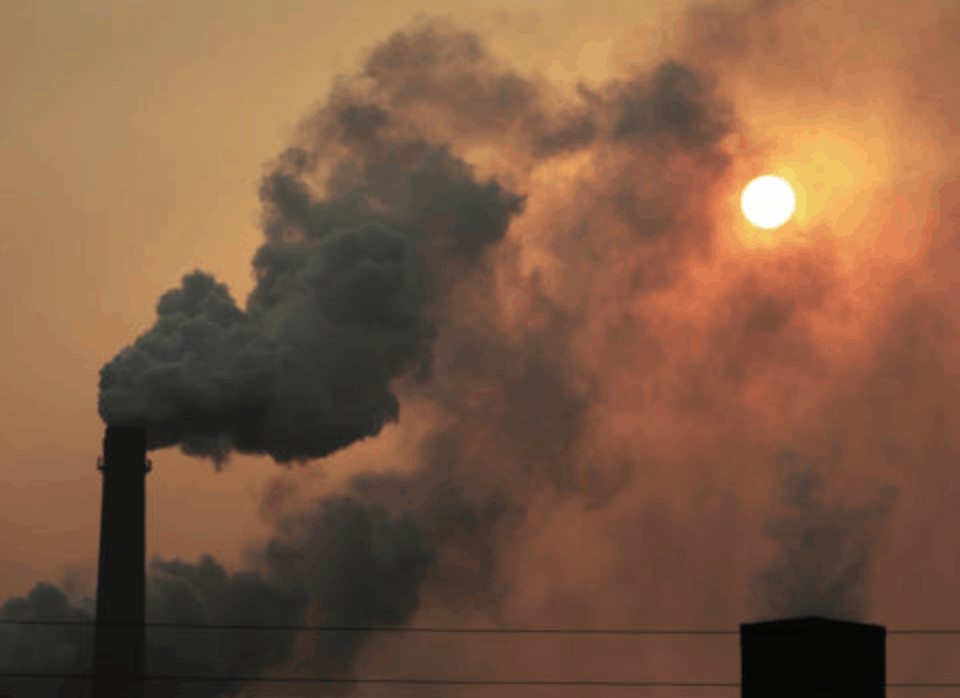There are just seven countries that meet the World Health Organisation (WHO) air quality standards. The UK is not one of them – not yet, at least.
The seven countries which do are Australia, Estonia, Finland, Grenada, Iceland, Mauritius and New Zealand.
Just seven out of 134 countries and regions surveyed…
The WHO is looking specifically at PM2.5 – tiny particles which are expelled by vehicles and other activities. These particles are small enough to enter deep inside the human body when inhaled and cause a wide range of illnesses, from dementia to asthma.
While much of the world’s air is a great deal cleaner than during the last century, there are still areas which are incredibly polluted. Pakistan, for example, has PM2.5 levels that are 14 times higher than the WHO standard. Air pollution kills around 7 million people each year worldwide. The vast majority of these deaths occur in developing countries where many rely on dirty fuels for cooking, light and heating.

There are different types of activities that cause PM2.5. Domestic heating contributes to PM2.5 emissions. However, there is a lot of misinformation about one form of domestic heating – the burning of wood. The reason for this is that many still consider all methods of burning wood as bad. An open fire is not an environmentally friendly way to warm a room, and even more so if the wood is not correctly seasoned. However, if you use an Ecodesign stove and use it correctly, you can be confident you are keeping warm in an environmentally considerate way, as long as:
When lighting a fire, make sure you:
• Use the right amount of kindling
• Stack wood loosely in the firebox so air can circulate with ease
• Avoid putting too much firewood in at the start
• Avoid using wet or green wood, as this will produce poor heat and excessive smoke
And once the fire is alight, make sure you:
• Keep the fire burning brightly
• Keep the air control open for at least 2-3 minutes
• Avoid blocking the air supply to the base of the fire with a badly positioned log
• Burn a few smaller logs, as opposed to a very large one
• If you add logs, open up the air control to high for at least 2-3 minutes
• Never damp the fire down
• Never let your fire burn out overnight
These tips will help ensure your safety along with maximising the efficiency of your stove. Logs now sold in sizes less than 2m3 must be certified as Ready to Burn. The Ready to Burn scheme makes it easy for people to find the cleanest fuels for burning at home.
Using fuels that are approved and labelled as Ready to Burn also means it’s easy to comply with Air Quality (Domestic Solid Fuels Standards) (England) Regulations 2020 that outlaw the sale of wet wood and housecoal, which are the most polluting fuels.
Air pollution in 2024 remains a health crisis which must be addressed.








